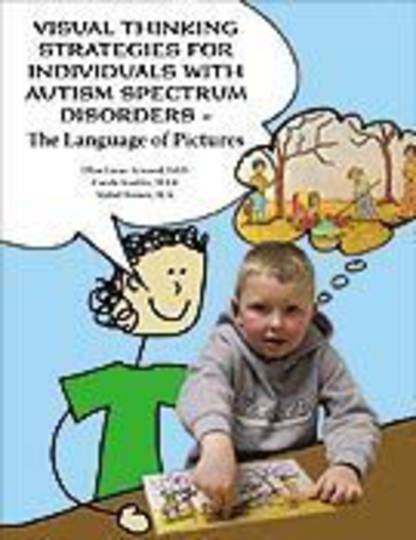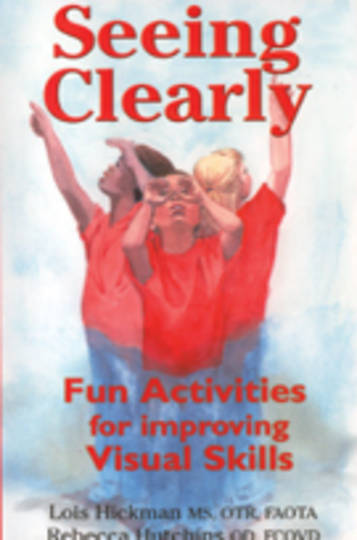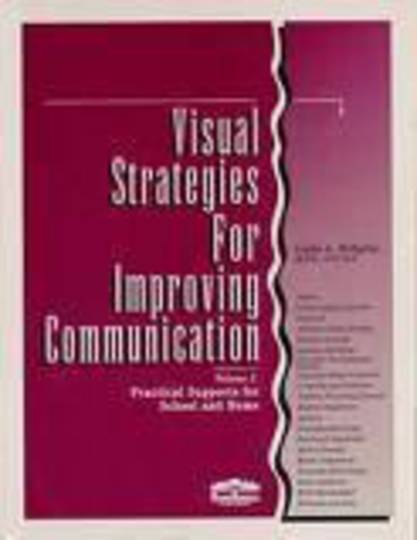- Track your orders
- Save your details for express checkout
Visual Supports Books
Filters
Filter by Categories

Visual Thinking Strategies for Individuals with Autism Spectrum Disorders - The Language of Pictures

Seeing Clearly: Fun Activities for Improving Visual Skills

